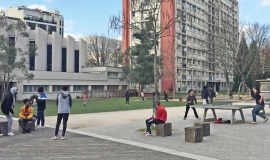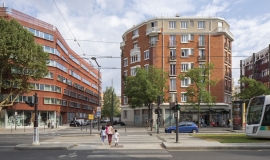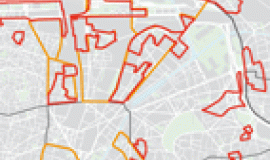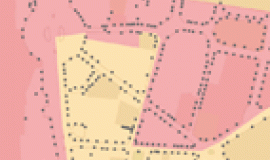Numerical data for gauging initiatives taken in City Urban Cohesion Policy Neighbourhoods.
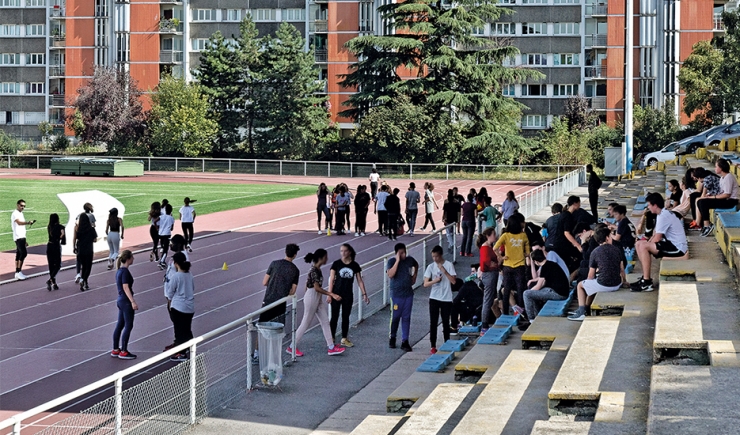
In 2018 and 2019, the mid-way assessment of the Paris City Contact was carried out. It was divided into two parts: an analysis of the ongoing trends in neighbourhoods (Part 1) and the construction of an assessment reference system (Part 2).
The assessment reference system, which was developed with partners of the City Contract, gives detailed information on each of the selected objectives, the related actions, the expected results and the indicators which enable the actions carried out and their effect on neighbourhoods to be measured. It is organised under three main themes (Growing up - Working - Living) and includes the cross-referencing areas (social links, access to legal rights, gender equality, health and the fight against discrimination).
In 2020, the work linked to assessing the City Contract continued and resulted in the implementation of the reference system. Partners were asked to complete the identified indicators, for the whole of the 2015-2019 period.
This document presents the analysis of the data which were collected in this process, they show the extent and diversity of the measures taken.
In all, out of the 172 initiatives listed under the three reference themes, a very large majority (157) were completed, by over 30 partners (Departments of the City of Paris, State Departments, Job Centres - Pôle Emploi -, Académie de Paris, Family Benefit Organisation - Caisse d’allocations familiales -, the youth job centre - Mission Locale de Paris, Social housing landlords, etc.). These actions were of a very varied nature: reduction of the school achievement gap, promoting access to employment, facilitating the social and professional integration of young people, acting to develop local economy, preventing precarious situations, promoting mobility and diversity, supporting urban transformation and improving the integration of neighbourhoods into the city, etc. Out of all the information provided on initiatives, 125 actions show the reinforcement of measures implemented since 2015 (growth in the number or proportion of beneficiaries in neighbourhoods) and 21 show, on the contrary, a decline.
The definition of this type of tool is essential in order to be aware, to monitor and to pilot initiatives in neighbourhoods which mobilise numerous players and significant resources. The analysis of data will be enhanced in 2021 by exchanges with partners, in order to put the results into perspective and to obtain proposals for further action.



